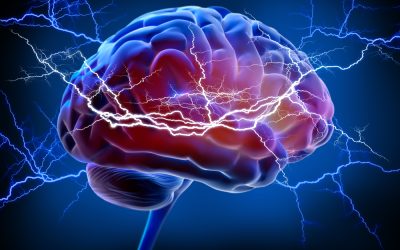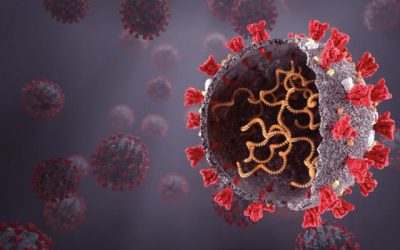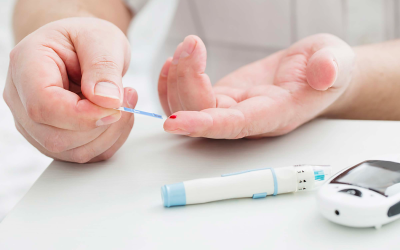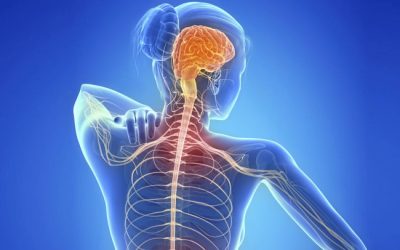Our blog
Scientific Research
A Novel Mix of Polyphenols and Micronutrients Reduces Adipogenesis and Promotes White Adipose Tissue Browning via UCP1 Expression and AMPK Activation
A5+ administration significantly reduced lipids’ accumulation in adipocytes when compared to control cells (p < 0.005). Similarly, A5+ inhibited cellular proliferation during the mitotic clonal expansion (MCE), the most relevant stage in adipocytes differentiation (p < 0.0001).
To Stay Happy, Keep Your SIRT1 Active
Source https://www.ncbi.nlm.nih.gov/pmc/articles/PMC5516926/ABSTRACT The present study uncovered some important and interesting aspects of the genetic and molecular pathways involved in chronic stress–induced depression-like behavior. The...
The Protective Effect of a Unique Mix of Polyphenols and Micronutrients against Neurodegeneration Induced by an In Vitro Model of Parkinson’s Disease
Source https://www.mdpi.com/1422-0067/23/6/3110ABSTRACT Parkinson’s disease (PD) is second-most common disabling neurological disorder worldwide, and unfortunately, there is not yet a definitive way to prevent it. Polyphenols have been...
Protective Role of Combined Polyphenols and Micronutrients against Influenza A Virus and SARS-CoV-2 Infection In Vitro
Source https://pubmed.ncbi.nlm.nih.gov/34829949/ABSTRACT Polyphenols have been widely studied for their antiviral effect against respiratory virus infections. Among these, resveratrol (RV) has been demonstrated to inhibit influenza virus...
Childhood psychosocial stress is linked with impaired vascular endothelial function, lower SIRT1, and oxidative stress in young adulthood
Our study provides novel evidence that young adult women with moderate-to-severe adverse childhood experience (ACE) exposure present impaired endothelial function and lower circulating sirtuin 1 (SIRT1) concentrations than age-matched controls.
Targeting sirtuins for the treatment of diabetes
Type 2 diabetes is endemic with over 366 million adults estimated to have Type 2 diabetes, and is estimated to grow to 552 million by 2030. The data on sirtuins and their antidiabetic potential are compelling, and on-going studies will determine whether sirtuin activators will be an effective therapeutic against diabetes.
The brain, sirtuins, and ageing (Nature Reviews Neuroscience)
CNS decline drives the progressive impairment of cognitive, social and physical abilities, and the mechanisms underlying CNS regulation of the ageing process, such as microglia–neuron networks and the activities of sirtuins, a class of NAD+-dependent deacylases, are beginning to be understood.
Sirtuin 1 and Alzheimer’s disease
Here we review how SIRT1 affects Alzheimer Dùisease (AD) and cognition, the main mechanisms in which SIRT1 is related to AD pathology, and its importance for the prevention and possible diagnosis of AD.
The Critical Role of SIRT1 in Parkinson’s Disease: Mechanism and Therapeutic Considerations
SIRT1 plays a critical role in Parkinson Disease development and might be a potential target for PD therapy.
Sirtuins in Multiple Sclerosis: The crossroad of neurodegeneration, autoimmunity and metabolism
Sirtuins are crucial candidates of therapeutic targets in Multiple Sclerosis (MS) and collecting the information related to MS disease for each SIRT individually is noteworthy.
A Randomized, Placebo-Controlled Study of SRT2104, a SIRT1 Activator, in Patients with Moderate to Severe Psoriasis
Activation of Sirtuin (silent mating type information regulation 2 homolog) 1, or SIRT1, is an unexplored therapeutic approach for treatment of inflammatory diseases.
Sirtuins and diabetes: optimizing the sweetness in the blood
Diabetes Mellitus (DM) is a chronic disease characterized by elevated levels of glucose in the blood. With time it becomes uncontrollable and invites other complex metabolic diseases.










